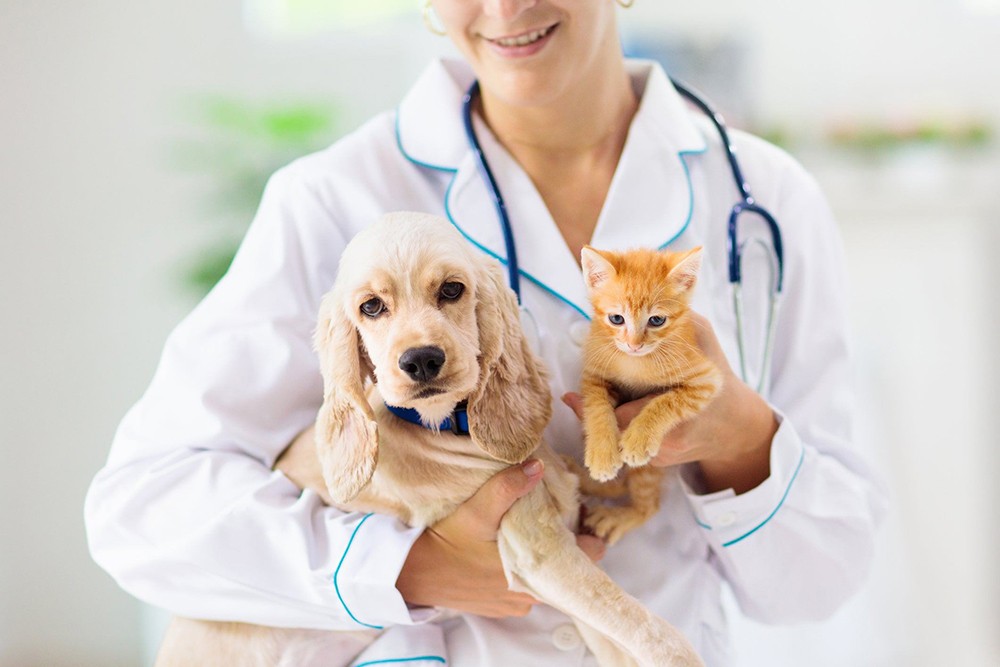
Even if your pets appear to be healthy, they should be checked up on dogs and cats regularly, especially if they are puppies or elderly.
This series of tests helps prevent illness and identify serious illnesses that can lead to death, such as heart disease.
However, it is a sign of love not only for your pet, but also for your family
After all, dogs and cats can transmit diseases to humans, such as ringworm , leptospirosis and rabies.
Now, if you want to know everything about the animal check up, keep reading this article that PETFriendly Turismo has prepared for you.
Why check up on dogs and cats?
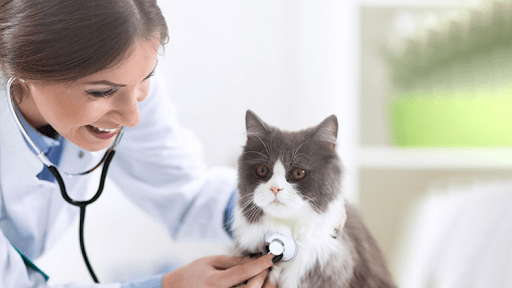
The check up in dogs and cats is a way to prevent various diseases and, in this way, increase the life expectancy of pets.
It consists of carrying out examinations periodically to prevent and verify the existence of symptoms and signs that may indicate illness.
In addition, in this process, mandatory vaccines are administered and the animal is dewormed.
Check up is still required in travel with dogs and cats to the USA, or to move to another country.
Therefore, it is essential that dogs and cats undergo this professional evaluation regularly, according to their age group.
What are the exams that usually make up the check up in dogs and cats?
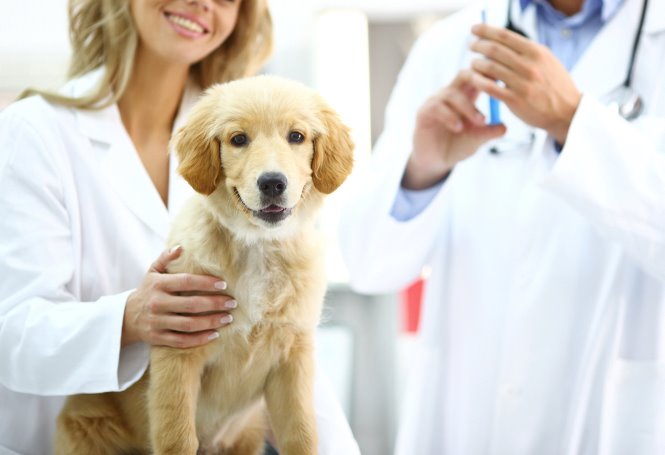
Anamnesis
This is a procedure that the veterinarian uses, through questions, to learn about the animal’s eating habits, its behavior and the symptoms it presents.
Anamnesis is essential to know if the pet has contact with other animals, if it is vaccinated, as well as regularly dewormed.
In other words, it is very important to obtain a previous diagnosis of the animal.
Physical exams
The presence of spots, sores and hair loss, as well as fleas and ticks, can indicate illness.
So, one of the steps of the check up in dogs and cats is to check the physical aspects of the animal’s skin.
Heartbeat and the presence of lung noise are also examined.
Complete blood count
Blood tests are used to evaluate blood cells and prevent disease. Thus, they must be carried out at least once a year.
It even helps identify high cholesterol, anemia, infections, as well as tick disease.
In addition, the blood count helps in the evaluation of the severity and evolution of some diseases.
In cats, serology helps to identify feline leukemia (FeLV) and feline immunodeficiency (FIV), diseases that if left untreated can lead to death.
Blood and stool tests
These tests help to identify worms and lack of nutrients in pets.
The urine test can aid in the diagnosis of diabetes and other endocrine disorders, as well as provide information about the kidney functions of animals.
The stool exam (coproparasitological) can indicate the presence of giardiasis and isosporosis, worms and protozoa that cause intestinal diseases.
Rectal Examination
Animals with difficulty defecating or in pain should undergo a rectal examination.
In addition to helping in the diagnosis and treatment of diseases, it also helps to identify tumors.
Ultrasonography
Abdominal ultrasound is used to investigate changes in the pancreas, liver, kidneys, bladder and intestines.
Thus, changes in these organs can indicate inflammatory and infectious diseases and even cancer.
In females, ultrasound helps the veterinarian to monitor the pregnancy, the conditions of the animal for delivery and, above all, check the health of the puppies.
Electrocardiogram
This exam allows for in-depth analysis of pets’ cardiac activities in order to check for arrhythmias.
The exam is usually indicated when dogs and cats show one of these symptoms:
- Discomfort or difficulty breathing;
- Purple-blue-appearing tongue;
- Fatigue;
- Drowsy;
- Cough like choking;
- Increased abdominal volume.
Check up on senior dogs and cats
In old age, dogs and cats tend to have diseases and conditions that are not common in other stages of life, such as tooth wear and cataracts.
For this reason, elderly pets usually need to undergo dental and eye exams.
The tests below are also common for older animals:
- Chest radiography,
- body temperature
- endoscopy
- rhinoscopy
- laryngoscopy
- bronchoscopy
How to prepare the pet for exams?

There is no specific type of preparation for taking pets for a veterinary checkup.
However, for the endoscopy or blood test to be performed, the animal needs to fast for 12 hours.
Also, the situation can make them stressed and nervous.
Therefore, it is important that you convey peace of mind to your pet throughout the service.
Take the animals in transport crates, especially felines, or on leashes.
Is it necessary to accompany the animal during the exams?
Yes, owners must accompany their pets during the check up.
This moment also serves for the veterinarian to get to know the animal better and identify symptoms or diseases through changes in their habits.
So pay attention to your pet’s behavior and report any changes in mood or eating habits to the vet.
In addition, this is the ideal time to clear all your doubts about the health of your dog or cat.
How often is it necessary to check up on dogs and cats?
The frequency of the check up in dogs and cats will depend on the phase the pet is in.
Puppies and older animals need to be tested more often than adult animals.
Puppies
Dogs and cats need to go to the vet monthly until they are four months old.
At this stage they receive the mandatory vaccinations, which are:
- against rabies;
- parvovirus;
- distemper
Deworming is also started at this stage. It keeps puppies safe from heartworm (heartworm) and prevents fleas and ticks.
Puppies should be tested for feline leukemia (FeLV) and feline immunodeficiency (FIV).
Also, going to the doctor often ensures that your pets’ growth is closely monitored.
Adult animals
After four and five months of life, the animal should go to the veterinarian annually.
The visits are important to follow the physiological changes of the animals, as well as to apply the vaccines and carry out the deworming.
These preventive actions guarantee the health not only of your pet, but also of your family.
Older pets

If your pet is already elderly, he needs to have this series of exams every four or six months.
From this period onwards the degenerative processes accelerate and, thus, their defenses decrease.
That’s why they should check up more often.
Generally, large dogs go through middle age from the age of four. Smaller animals, from the age of six onwards.
Now, we want to know: Are your pets going through the animal check up often? If you still have questions, please contact us.

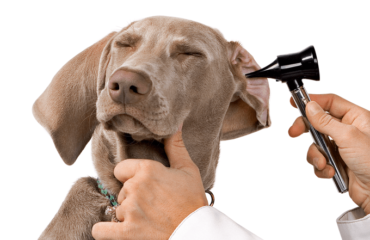
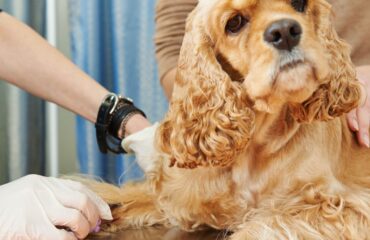


You must be logged in to post a comment.